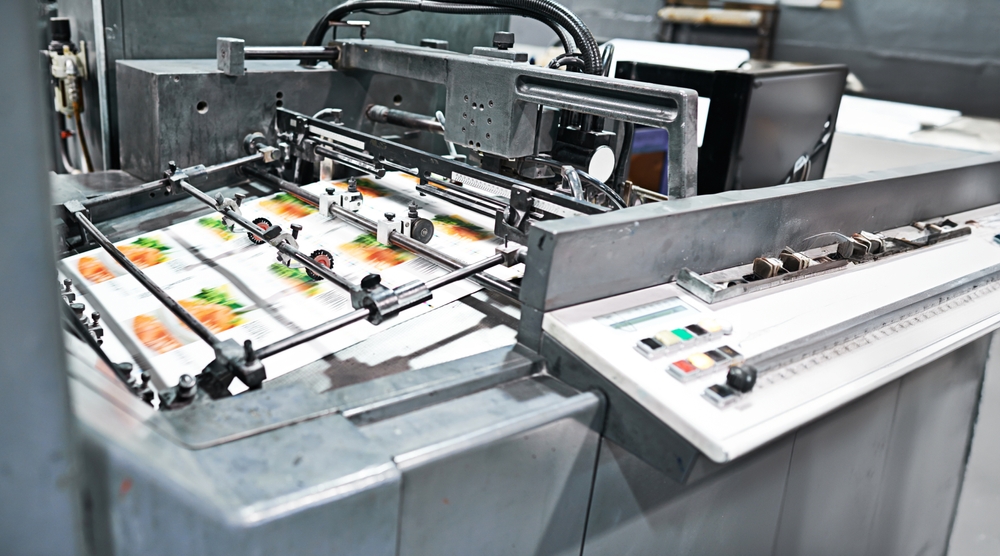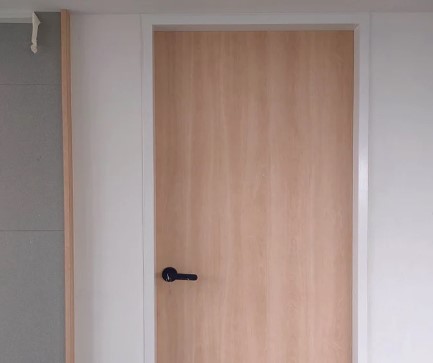In today’s fast-paced business world, managing expenses while maintaining quality is key to staying competitive. One area where costs can quickly accumulate is in printing. Whether it’s producing marketing materials, business cards, or large-format posters, printing costs can sneak up on businesses of all sizes. Thankfully, there are effective ways to minimize these costs without sacrificing the quality or impact of your printed materials.
This blog post will guide you through practical strategies for reducing printing costs by leveraging modern printing services, planning efficiently, and optimizing the printing process.
1. Choose the Right Printing Method
One of the first steps to reducing costs is selecting the most suitable printing method for your project. Different types of printing services offer varying costs, capabilities, and benefits depending on the nature of your project.
Digital vs. Offset Printing:
Digital printing is an excellent choice for small to medium-sized jobs, offering quick turnaround times with lower setup costs. If you’re printing fewer items, digital printing can save you money compared to offset printing, which requires plates and has higher setup fees. Offset printing, on the other hand, becomes more cost-effective for larger print runs due to its ability to produce consistent quality at scale.
Large-Format Printing for High-Impact Projects:
For businesses looking to create banners, posters, or other oversized marketing materials, large-format printing services offer affordable solutions. Instead of ordering multiple smaller prints, opt for large-format printing to make a big impact at a lower cost per unit.
2. Optimize Your Design for Cost-Effective Printing
Design choices play a significant role in determining the overall cost of your printing project. Small adjustments in your layout, color usage, and material choices can lead to substantial savings over time.
Limit the Use of Color:
Full-color printing can be costly, especially when dealing with larger volumes. By reducing the number of colors in your design or opting for black-and-white printing, you can significantly cut down on ink costs. Modern printing services often provide “spot color” options, allowing you to maintain some vibrant elements without the expense of full-color prints.
Consider Paper Stock Wisely:
Premium paper stock may look impressive, but it can also be expensive. Many printing services offer a wide variety of paper types that are more budget-friendly without sacrificing quality. Selecting a thinner or recycled paper stock is an excellent way to save money while maintaining a professional look for your materials.
3. Order in Bulk for Bigger Savings
One of the simplest ways to reduce costs with printing services is to place bulk orders. Many printing companies offer discounts for larger print runs, as the setup costs for production can be spread across more items.
Bulk Ordering for Frequently Used Materials:
If your business regularly requires printed materials, such as brochures, flyers, or business cards, consider ordering them in larger quantities. This way, you not only save on each unit’s cost but also avoid the expense of reordering frequently. Printing services often provide better rates per unit for larger orders, making bulk ordering a smart financial decision.
Plan Ahead for Long-Term Needs:
By forecasting your printing needs and ordering larger quantities upfront, you reduce the risk of rush orders that tend to be more expensive. Many printing services charge extra fees for expedited jobs, so taking the time to plan and order in bulk will help avoid unnecessary costs.
4. Use Efficient Printing Layouts
How your materials are laid out on the print sheet can influence the overall cost of your project. Maximizing the number of items printed on a single sheet can reduce waste and lower costs.
Maximizing Space with Efficient Layouts:
For example, if you’re printing business cards, flyers, or postcards, ask your printing service about “gang printing” options. This technique allows multiple designs to be printed on the same sheet, reducing the cost per print. Printing services that offer gang printing combine multiple jobs into one production run, saving both paper and ink.
Standard Sizes Save Money:
Sticking to standard sizes and formats can help lower costs, as custom sizes often require additional setup or cutting fees. Using pre-set dimensions ensures that your design fits neatly within the printer’s capabilities, avoiding the extra expense of trimming or reconfiguring.
5. Leverage Digital Proofs and Reviews
Before committing to a full print run, always review a digital proof of your design. By catching potential errors before the printing process begins, you avoid costly reprints and delays.
Request Digital Proofs to Minimize Errors:
Most printing services offer digital proofs, which allow you to see exactly how your final product will look. Taking the time to thoroughly review these proofs helps eliminate issues such as misaligned text, incorrect colors, or typos. By fixing these errors early on, you save money by preventing expensive mistakes in the final print run.
Opt for Test Prints if Necessary:
For high-stakes projects or large orders, it might be worth ordering a test print to ensure that everything looks perfect before committing to the full order. While this might seem like an additional expense, it can save money in the long run by preventing errors that would otherwise require a reprint.
6. Utilize Eco-Friendly Printing Solutions
Incorporating eco-friendly printing practices can not only reduce your environmental impact but also lower costs in some cases. Many printing services now offer sustainable options that are both cost-effective and green.
Recycled Paper Options:
Using recycled paper is one way to reduce costs while demonstrating your company’s commitment to sustainability. Many printing services offer a variety of recycled paper stocks at competitive prices, allowing you to create high-quality prints without the high cost of premium paper.
Water-Based Inks and Digital Printing for Efficiency:
Inks and toners used in eco-friendly printing often come at lower costs due to their simpler manufacturing process. Additionally, digital printing services typically use fewer resources than traditional methods, further contributing to reduced costs.
Conclusion: Smart Printing Choices Lead to Long-Term Savings
By carefully selecting your printing services, optimizing designs, and ordering strategically, businesses can significantly reduce costs while maintaining the quality of their printed materials. With the help of modern printing services and sustainable practices, businesses can make smarter printing decisions that positively impact both their bottom line and the environment.
Reducing costs doesn’t mean sacrificing quality. By making thoughtful choices about how and what you print, you can achieve cost-effective, high-quality results that boost your brand and meet your business needs.










